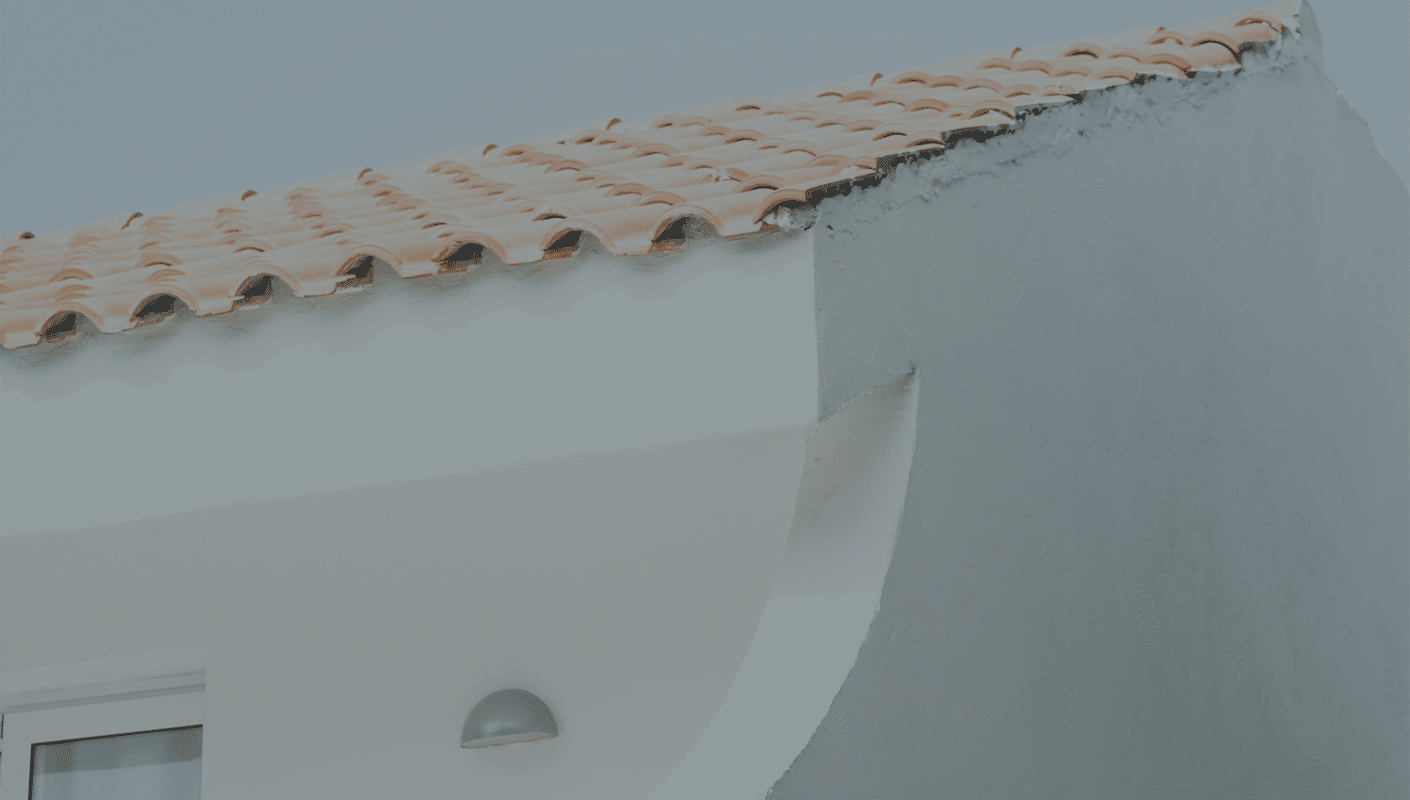Articles
<< back to all ArticlesThe First-Time Home Buyer Incentive: What You Need To Know

This article was originally prepared for and published by LawNow Magazine
In September 2019, the Government of Canada introduced the First-Time Home Buyer Incentive (the “Incentive”). The purpose of the Incentive is to make home ownership more accessible for qualifying first-time buyers.
Who is eligible for the Incentive?
To qualify for the Incentive:
- The buyer’s total annual qualifying income cannot exceed $120,000 ($150,000 if the home being purchased is in Toronto, Vancouver, or Victoria). If there is more than one buyer, the combined qualifying annual income cannot exceed these amounts.
- The buyer’s total borrowing cannot be more than 4 times the buyer’s qualifying income (or 4.5 times if the home is in Toronto, Vancouver, or Victoria).
- The buyer or their partner must be a first-time homebuyer. A first-time homebuyer is someone
- who has never purchased a home before;
- who, in the last four years, did not occupy a home that they or their current spouse or common-law partner owned; or
- who is experiencing a breakdown of a marriage or common-law partnership.
- The buyer must be a Canadian citizen, permanent resident, or non-permanent resident who is authorized to work in Canada.
It is important to be aware that a person may only obtain the Incentive once. The home being purchased must be located in Canada and be the buyer’s primary place of residence.
How does the Incentive work?
The Incentive involves the Canada Mortgage and Housing Corporation (CMHC) lending part of the home’s purchase price to the buyer at the time of the purchase. The buyer then uses this amount to increase their down payment.
The buyer must still provide a minimum down payment of at least 5% of the purchase price from traditional sources (e.g. savings, withdrawal from an RRSP).
The exact percentage CMHC will provide as part of the Incentive (5% or 10%) depends on the type of home being purchased.
- For a re-sale home, the Incentive will provide 5% of the original home value.
- For a new build, the Incentive will provide either 5% or 10% of the original home value, as requested by the homebuyer and approved by CMHC.
- For a mobile/manufactured home, whether new construction or resale, the Incentive will provide 5% of the original home value.
The advantage of the Incentive is that by putting more money down the buyer can achieve lower carrying costs for the main mortgage on the home. It is important to note that, in exchange for receiving the Incentive, the homebuyer gives CMHC a second “shared equity mortgage”. This second mortgage is also put on title at the same time as the main mortgage when the buyer completes the purchase.
A shared equity mortgage is unlike a typical mortgage in that it does not require regular payments and there is no interest. Instead, under the Incentive’s shared equity mortgage, the borrower agrees that CMHC will share in the upside or the downside of the property value at the time of repayment.
For instance, imagine the buyer receives an incentive of 5%, or $15,000, for a home with a purchase price of $300,000. If the value of the home increases to $400,000 by the time it is resold, the repayment amount would be 5% of the then-current value, or $20,000. But if the value of the home went down to $250,000, the same principle would apply: the repayment amount would be 5% of the then-current value, or $12,500.
When does the Incentive need to be repaid, and are there other costs associated with the Incentive?
The Incentive must be paid in full when the home is sold, or after 25 years. Further, there are certain types of refinancing that can trigger a requirement to repay the Incentive in full.
There is also an option to prepay the Incentive in full, subject to the amount being repaid being approved by CMHC. This may be a sound option if the value of the home is increasing rapidly, or if the homebuyer is planning on carrying out major renovations or expansion to the home.
While there is no application fee payable to CMHC for applying for the incentive, prospective buyers should be aware that the homebuyer may be responsible for paying for certain expenses in connection with the Incentive, such as closing services, funding advances, and legal costs associated with the second mortgage. There may also be administration costs relating to valuation of the home at the time of repayment, default management costs, and legal fees associated with discharging the Incentive.
This post is meant to provide information only and is not intended to provide legal advice. Although every effort has been made to provide current and accurate information, changes to the law may cause the information in this post to be outdated.

